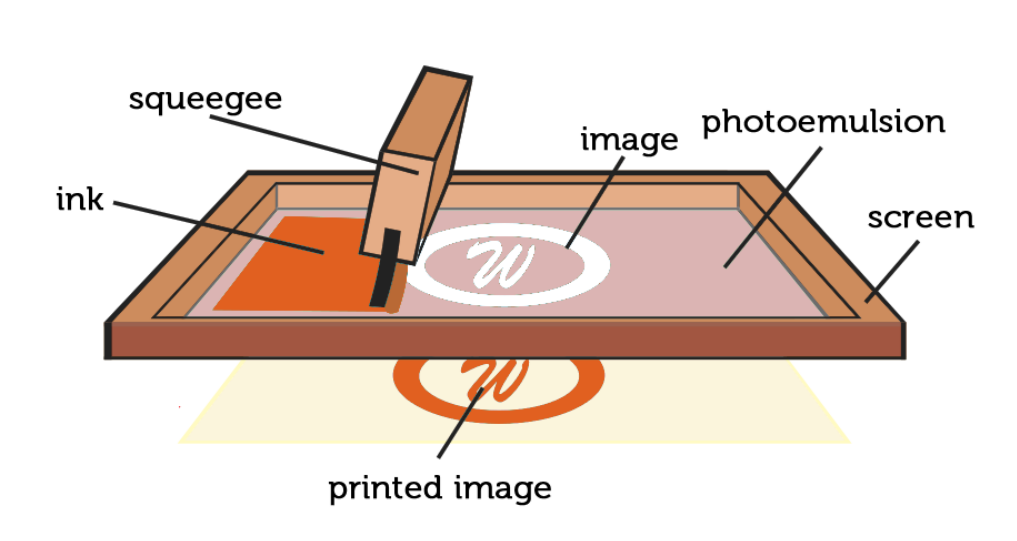- Capabilities
-
CNC Machining
Tight tolerance and 20+ finishes 3, 4 , 5 axis, as fast as 2 days -
Sheet Metal Fabrication
High-precision, on-demand sheet metal cutting and bending. -
3D Printing
SLA, SLS,MJF,SLM, FDM 3d printing with post treatment. -
Vacuum Casting
Production quality parts without the tooling investment.
-
- Solutions
Rapid Prototyping
Fastest lead time of high-quality prototypes at minimal cost.
Low Volume Production
From one-off prototyping to low-volume production.
Mechanical Assembly
Custom assembly for project-specific needs.
Custom Package
Ready to help you prompt your brand.
- Sources
Materials
Select from 100 more types of metals and plastics.
Finishes
Select from 20 more types of surface fishes.
Industries
Providing precision machining and manufacturing solutions.
Cases
How we assist our clients in bringing their projects to fruition.
- Company
Quality Assurance
Consistent quality, every time.
About Us
Your go-to manufacturer for custom parts.
Newsroom
Learn updated news about ECOREPRAP.
Surface Finishes
Silk Screen Services
Get your custom CNC machined parts marked with our screen printing service.
All your designs are secure and confidential
Silk Screening
Silk screening, also known as screen printing, is a printing technique that involves using a mesh screen to transfer ink onto a substrate, such as fabric, paper, or other materials. The process gets its name from the historically used silk mesh, although today, synthetic materials like polyester are more commonly employed.
| Applicable Materials | Color Options |
| Metals,Plastics | White, Black, and Customized |
Laser Engraving Part


Silk Screening Process
1. Design creation ·
2. Preparing the screen
3. Exposing the emulsion
4. Creation of the stencil
5. Preparation for print
6. Printing
7. Quality check & finishing

Silk Screening Design Considerations
- Ensure that the CNC machined parts are thoroughly cleaned and free from any oils, debris, or contaminants that might affect ink adhesion.
- The surface finish of the CNC machined part can impact the adhesion of the ink. Smooth finishes generally provide better results.
FAQs
Turning often results in a smoother surface due to the continuous single-point cutting action and more controlled tool geometry. Milling, with its multi-point cutting tools and complex tool paths, can yield a rougher surface finish, but it is highly dependent on the specific machining parameters, tool quality, and setup. Proper tool selection and optimization of cutting parameters can help improve the surface finish in milling operations.
Specifying a surface finish “as machined” is important because it defines the quality and texture of the workpiece’s surface directly after CNC machining. This helps set expectations for the surface finish without any additional post-processing, which can be crucial for parts with strict functional or aesthetic requirements.
Several factors can influence the surface finish as machined, including the cutting tool’s sharpness, the material being machined, the CNC machine’s accuracy and rigidity, feed rates, and cutting speeds. Operator skill and the choice of machining parameters play a crucial role in achieving the desired surface finish.





















